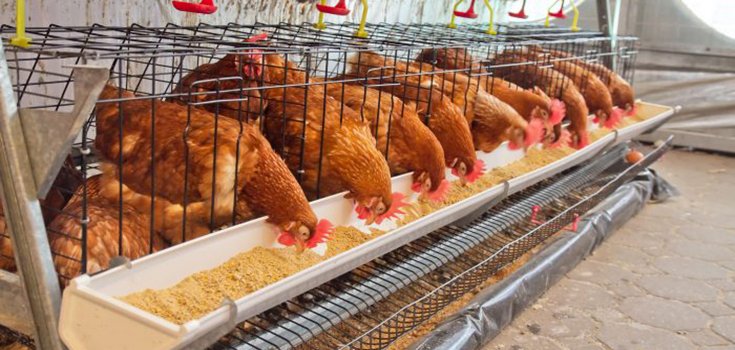New FDA Rule Makes it Harder for Farmers to Give Animals Antibiotics

Earlier this month, the federal government took an important step in fighting the worsening crisis of antimicrobial resistance when it banned the use of antibiotics to help livestock gain weight. The new rules also dictate that meat producers will need to obtain a veterinarian’s prescription to use the drugs for treating and preventing disease. [1]
The regulations also require pharmaceutical companies to change the labels used on some antibiotics to indicate that they cannot be used to promote growth. [2]
The FDA’s action aims to limit overall antibiotic use in livestock, not merely ban a class of drugs for a specific type of livestock. Antibiotics have been given to chicken, cattle, pigs and other animals for decades to treat diseases and prevent illness, but the drugs have also been used to make livestock bigger and faster. However, most of the antibiotics given to animals are considered “medically important” to humans. [1]
The widespread use of antibiotics among humans, coupled with the unnecessary use of the medications in the animals people eat, has led to the rise of drug-resistant “superbugs” that have become resistant to antibiotics.
The Growing Issue of Antibiotic Resistance
Antimicrobial resistance currently claims the lives of about 700,000 people worldwide each year, but experts warn superbugs could take 10 million lives each year by 2050, making it a bigger health threat than cancer. Bacteria resistant to all antibiotics – including carbapenems, a class of antibiotics used when all others have failed – is already in the United States.
The FDA is not without its critics, and some experts say the new rules don’t have enough teeth. The Natural Resources Defense Council, for example, is frustrated that farmers will still be allowed to give their animals antibiotics for disease prevention.
Regular, widespread antibiotic use on farms will continue, the NRDC says, and when bacteria in livestock become antibiotic-resistant, humans are at risk of contracting the ultra-tough bugs through handling and eating raw or under-cooked contaminated meat. Humans are also at-risk when they drink of swim in water contaminated with animal feces, and when they care for animals.
The FDA is looking for more ways to limit the use of antibiotics in livestock, including labeling medically-important antibiotics in feed to hopefully deter farmers from using the feed, and giving veterinarians control of antibiotics instead of farmers. This, it’s believed, would drive up the cost of using the drugs so that farmers would be discouraged from using them. [3]

Lawmakers in some states, including Oregon, don’t think the rules are strict enough and are pushing to make them more stringent. [2]
Charlie Fisher, state director for the Oregon State Public Interest Research Group, said:
“Other countries that have similar rules have seen no reduction at all. We think we need additional action.”
It’s hard to tell how many antibiotics are used in farm animals because the industry is so secretive and there is a lack of data to refer to. The Union of Concerned Citizens estimates that 24.6 million pounds of antimicrobials are used for animals that are not sick each year – 8 times what is used in humans. [3]
Sources:
[1] The Guardian
